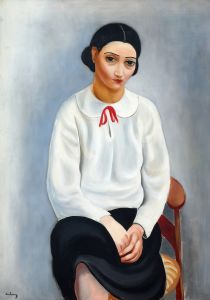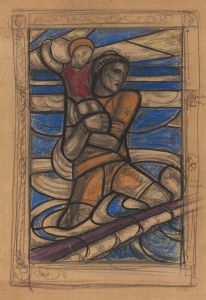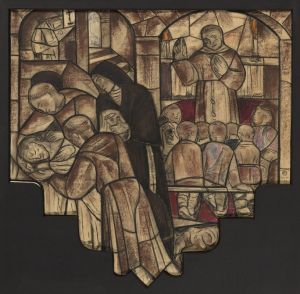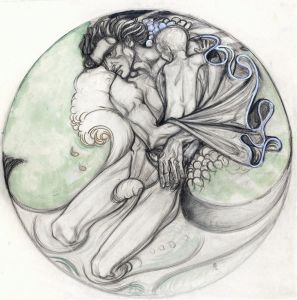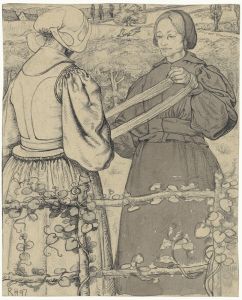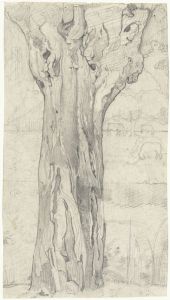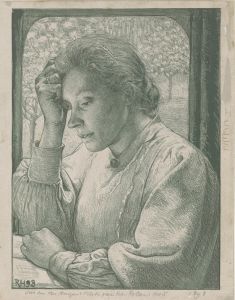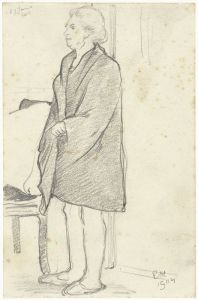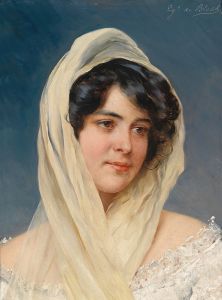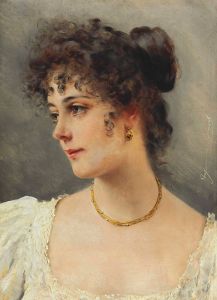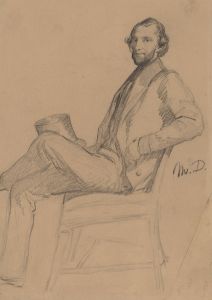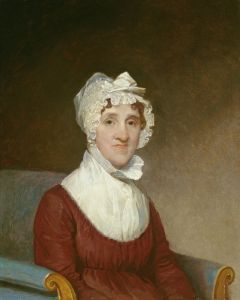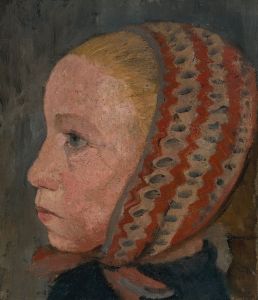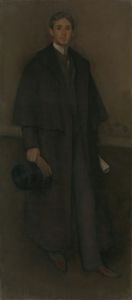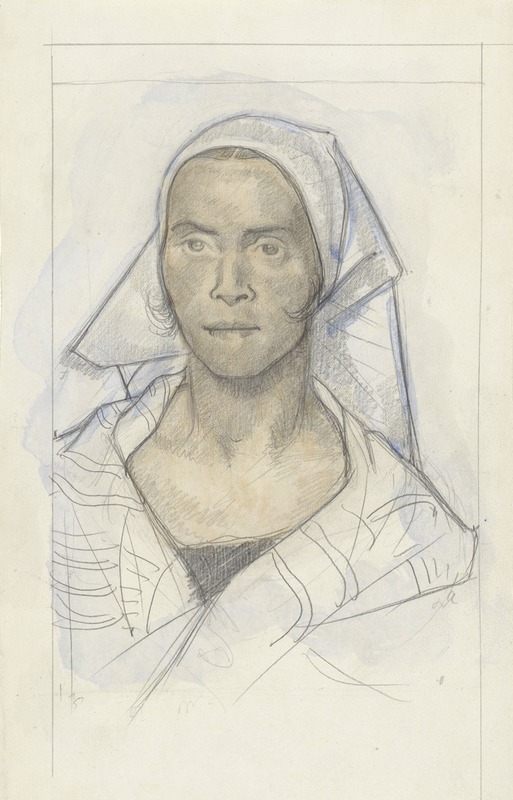
Portret van een vrouw met hoofddoek
A hand-painted replica of Richard Nicolaüs Roland Holst’s masterpiece Portret van een vrouw met hoofddoek, meticulously crafted by professional artists to capture the true essence of the original. Each piece is created with museum-quality canvas and rare mineral pigments, carefully painted by experienced artists with delicate brushstrokes and rich, layered colors to perfectly recreate the texture of the original artwork. Unlike machine-printed reproductions, this hand-painted version brings the painting to life, infused with the artist’s emotions and skill in every stroke. Whether for personal collection or home decoration, it instantly elevates the artistic atmosphere of any space.
Richard Nicolaüs Roland Holst was a prominent Dutch artist known for his contributions to the Symbolist movement in the late 19th and early 20th centuries. Among his diverse body of work, the painting "Portret van een vrouw met hoofddoek" stands out as a notable example of his portraiture. While specific details about this particular painting are limited, it reflects the broader themes and stylistic approaches characteristic of Roland Holst's oeuvre.
Roland Holst was born on December 4, 1868, in Amsterdam, Netherlands. He was part of a well-known artistic family, with connections to other significant figures in the Dutch art scene. His education at the Rijksakademie van Beeldende Kunsten in Amsterdam laid the foundation for his artistic career. Roland Holst was deeply influenced by the Symbolist movement, which sought to express ideas and emotions through symbolic imagery and often featured mystical or dreamlike qualities.
"Portret van een vrouw met hoofddoek" translates to "Portrait of a Woman with Headscarf" in English. This title suggests the painting is a depiction of a woman wearing a headscarf, a common motif in portraiture that can convey various cultural, religious, or personal significances. Roland Holst's portraits often focused on capturing the inner life and character of his subjects, rather than merely their physical appearance. This approach aligns with the Symbolist emphasis on exploring deeper meanings and emotions.
Throughout his career, Roland Holst was known for his use of muted colors and soft, flowing lines, which lent his works a sense of tranquility and introspection. His portraits, including "Portret van een vrouw met hoofddoek," likely exhibit these stylistic traits, creating an atmosphere that invites viewers to contemplate the subject's inner world. The use of a headscarf in the painting may also suggest themes of modesty, tradition, or identity, depending on the cultural context of the subject.
In addition to his work as a painter, Roland Holst was also an accomplished graphic artist and designer. He contributed to various public and private commissions, including murals and stained glass windows, which further demonstrate his versatility and skill as an artist. His involvement in the Dutch art community extended beyond his own creations, as he was an influential teacher and mentor to younger artists.
While specific information about "Portret van een vrouw met hoofddoek" is scarce, the painting can be appreciated within the broader context of Roland Holst's artistic legacy. His work is characterized by a deep engagement with the Symbolist movement and a commitment to exploring the emotional and spiritual dimensions of his subjects. Roland Holst's contributions to Dutch art have left a lasting impact, and his portraits continue to be celebrated for their depth and sensitivity.
Richard Nicolaüs Roland Holst passed away on December 31, 1938, but his work remains an important part of the Dutch cultural heritage. "Portret van een vrouw met hoofddoek" is just one example of his ability to capture the essence of his subjects, inviting viewers to look beyond the surface and consider the complex interplay of identity, emotion, and symbolism.





